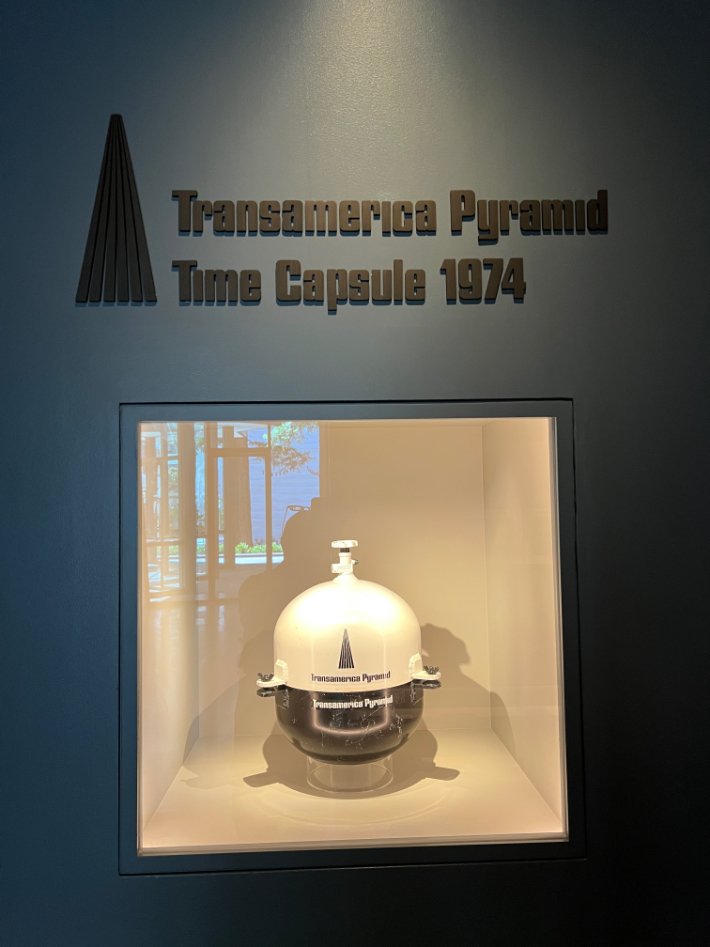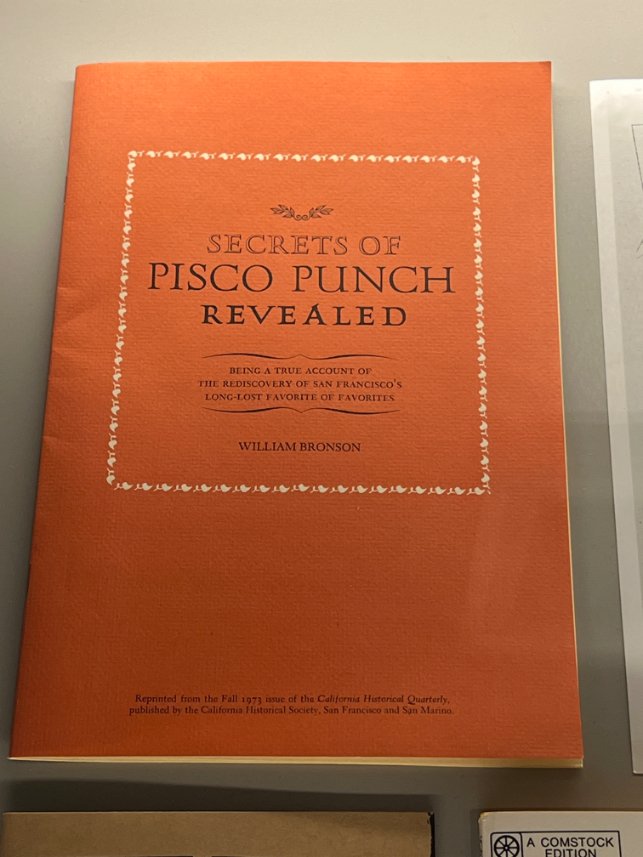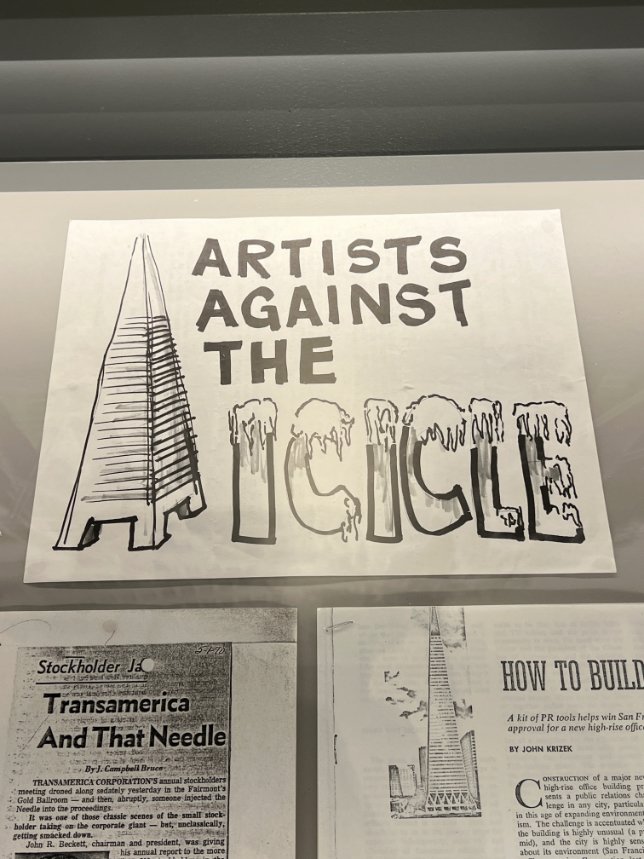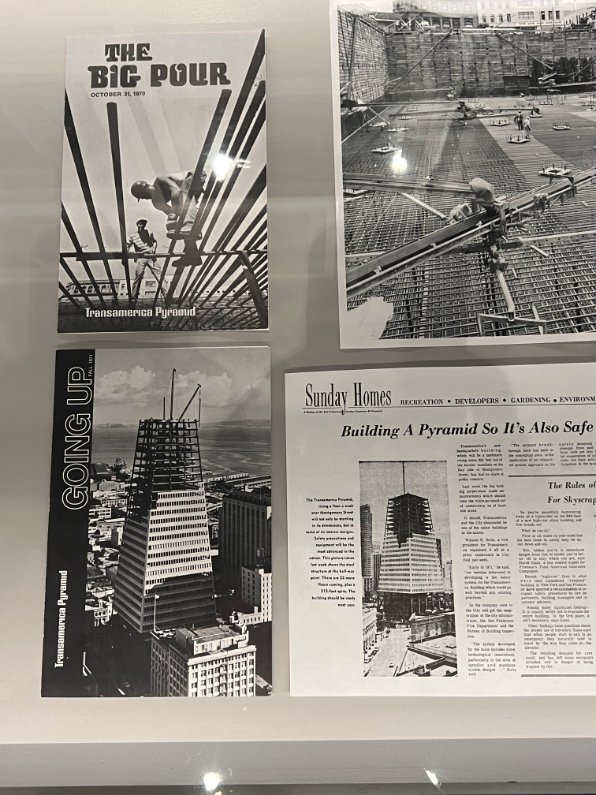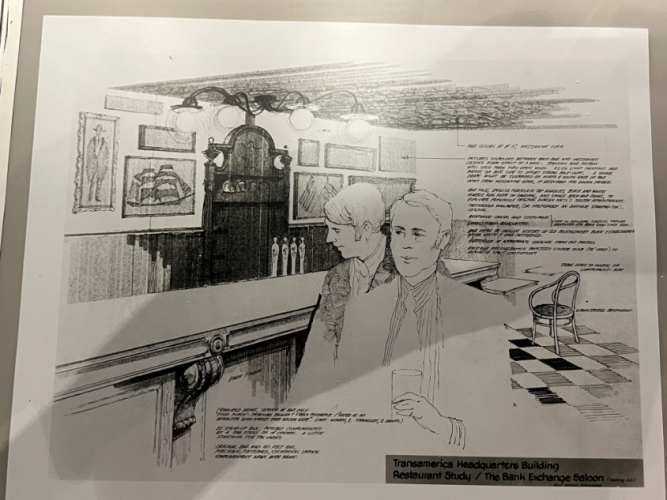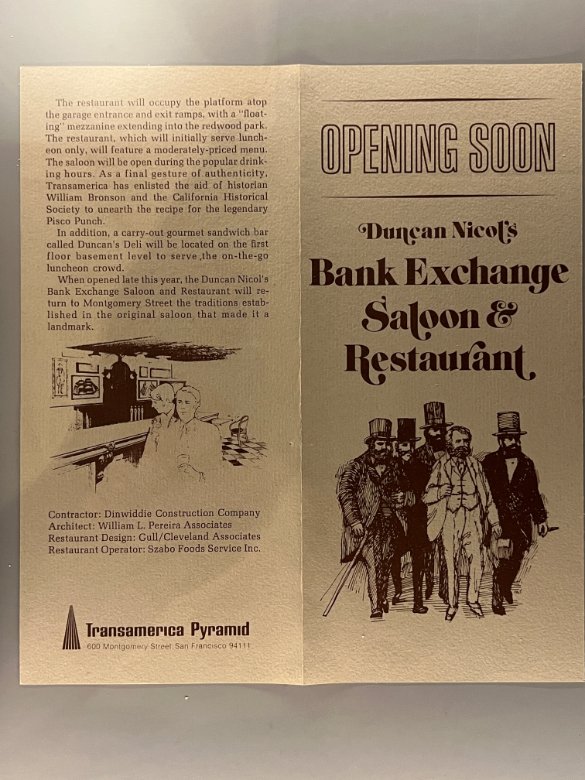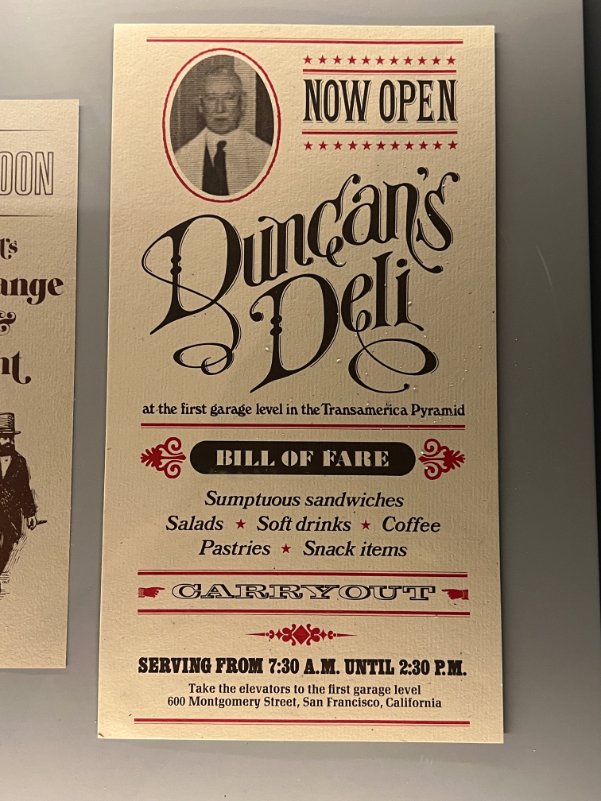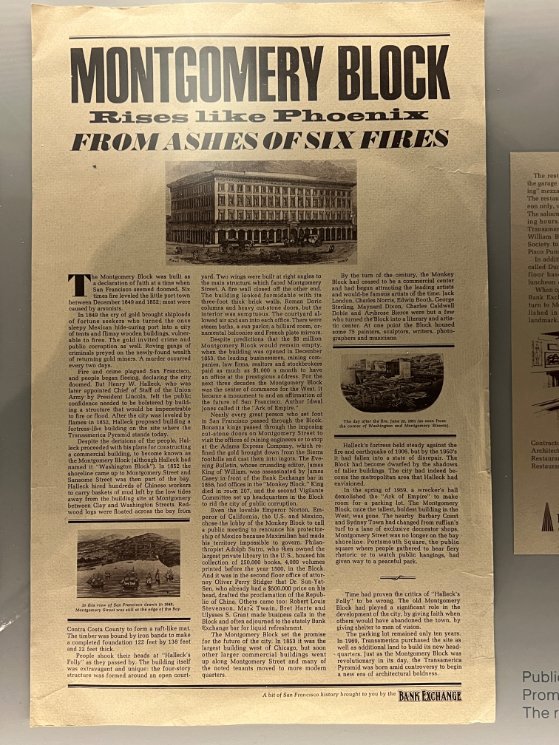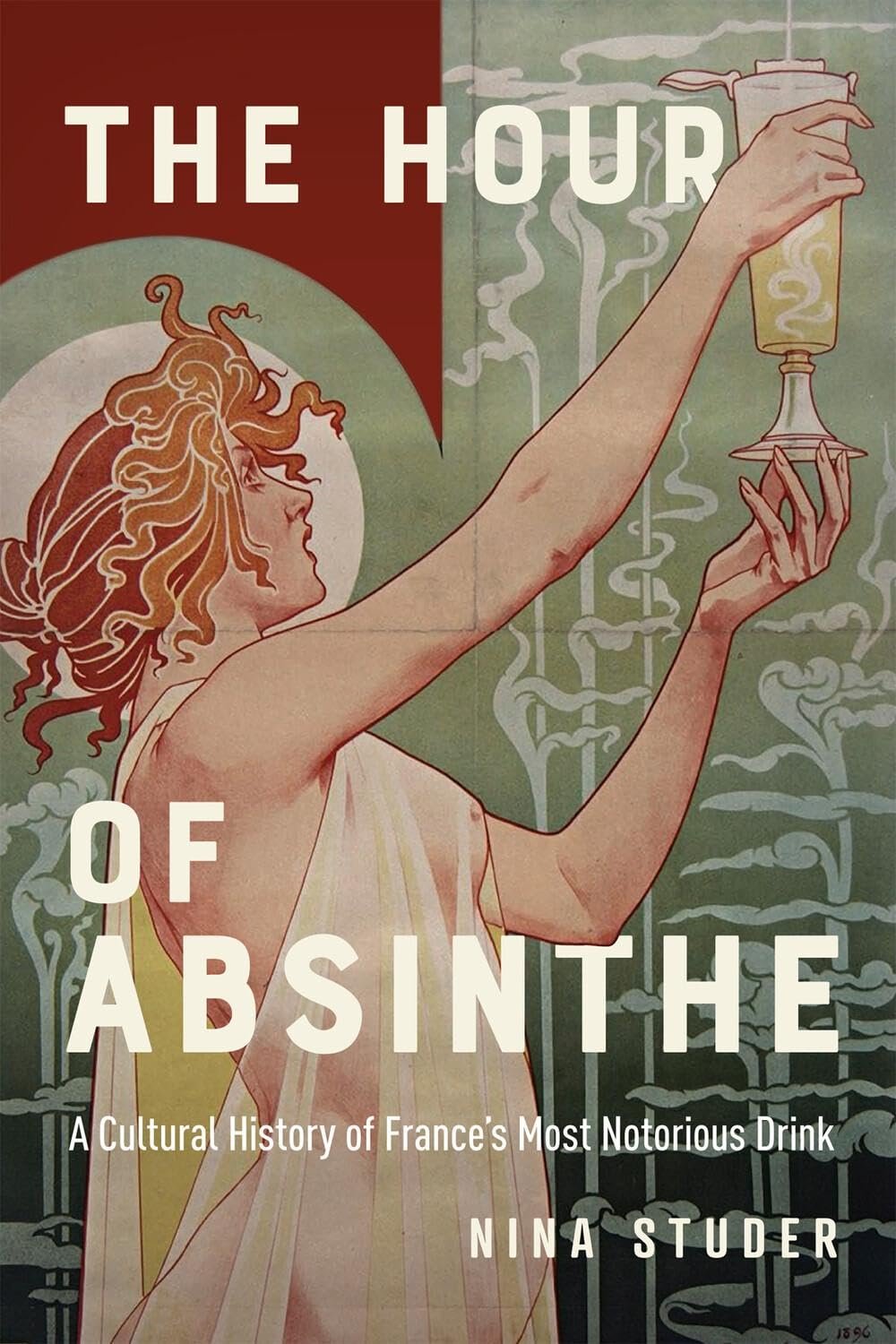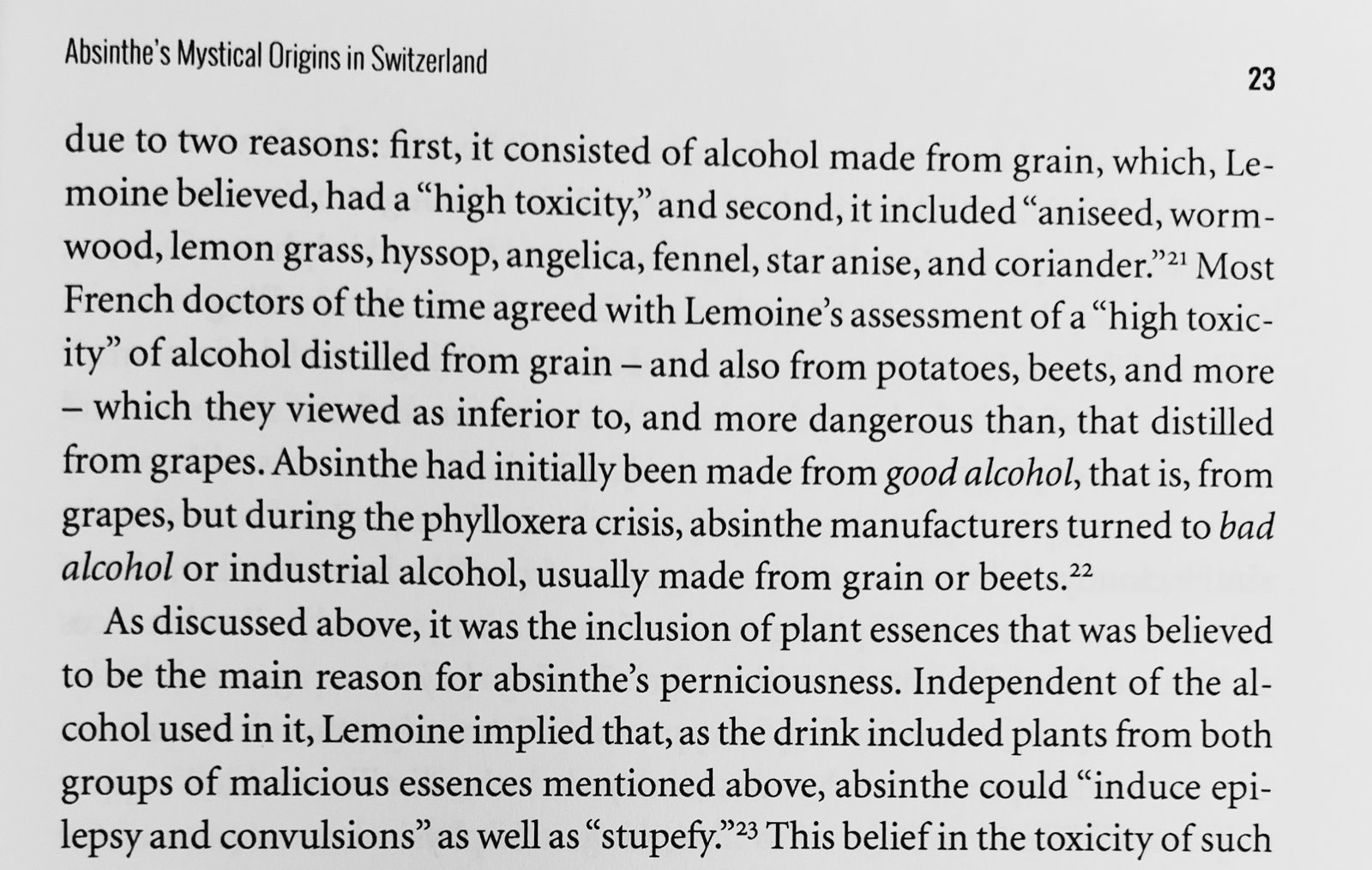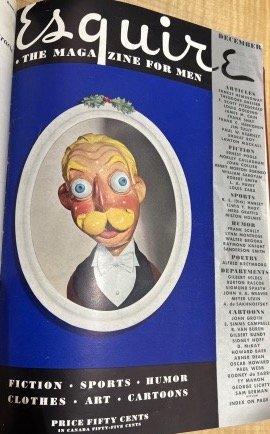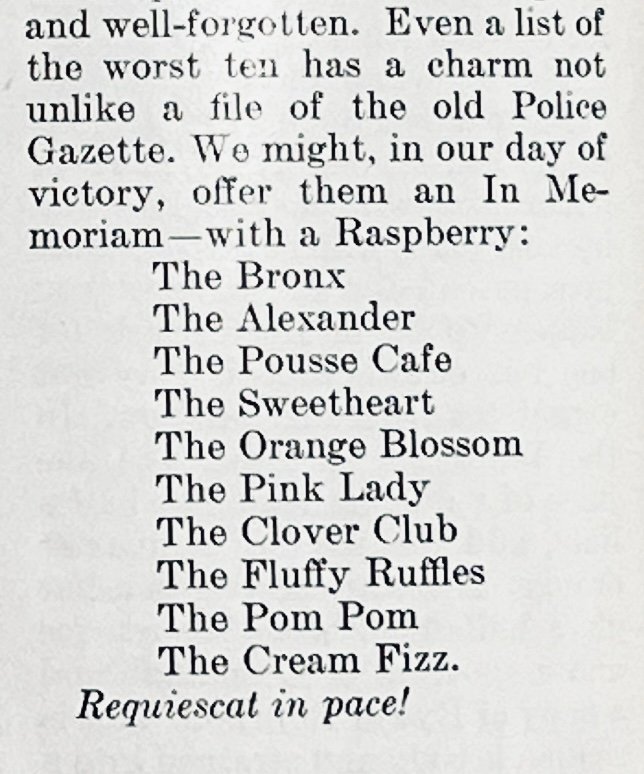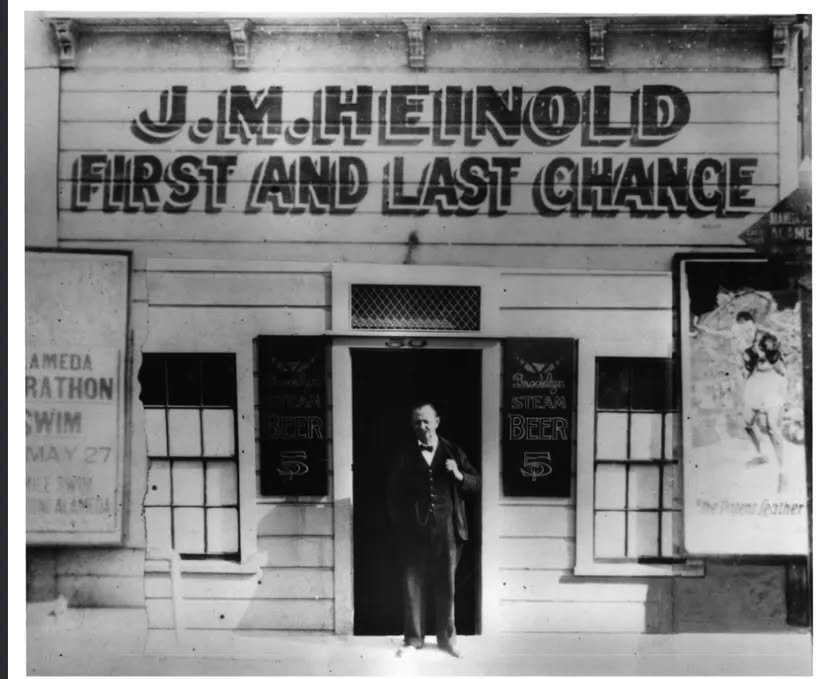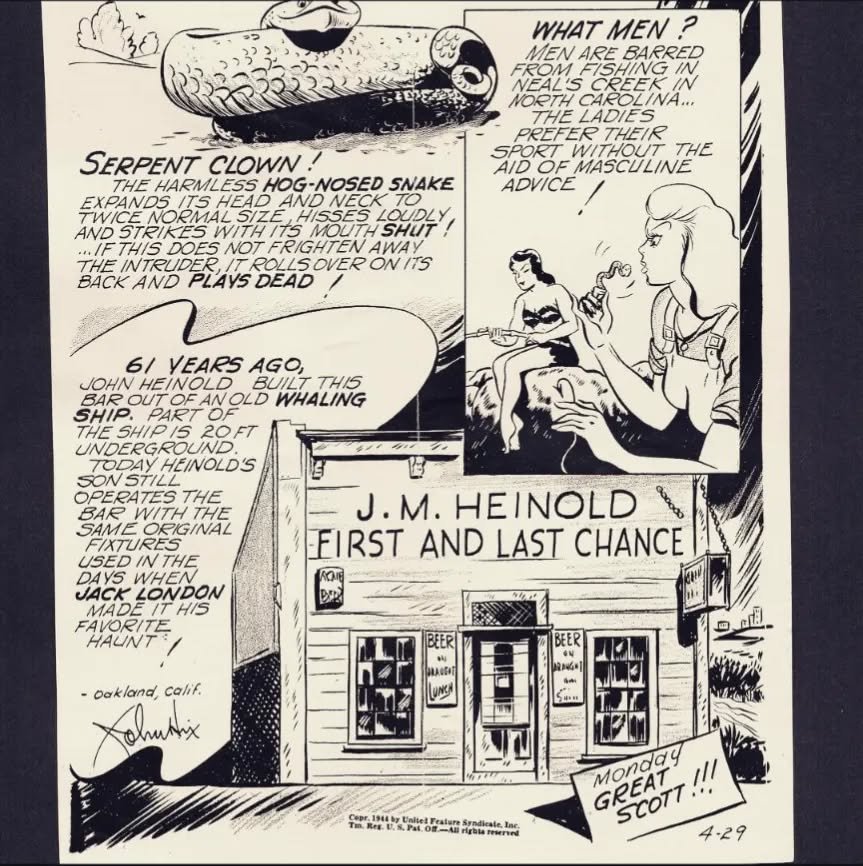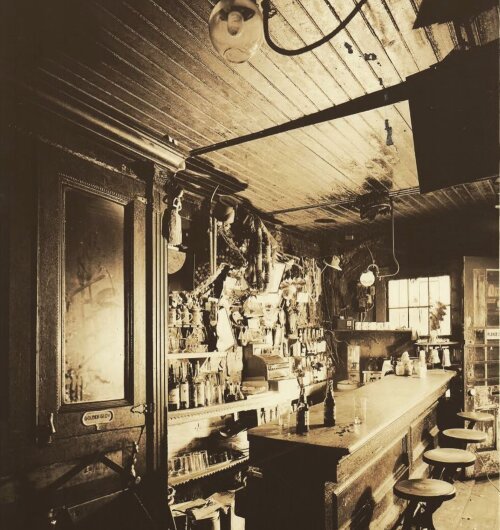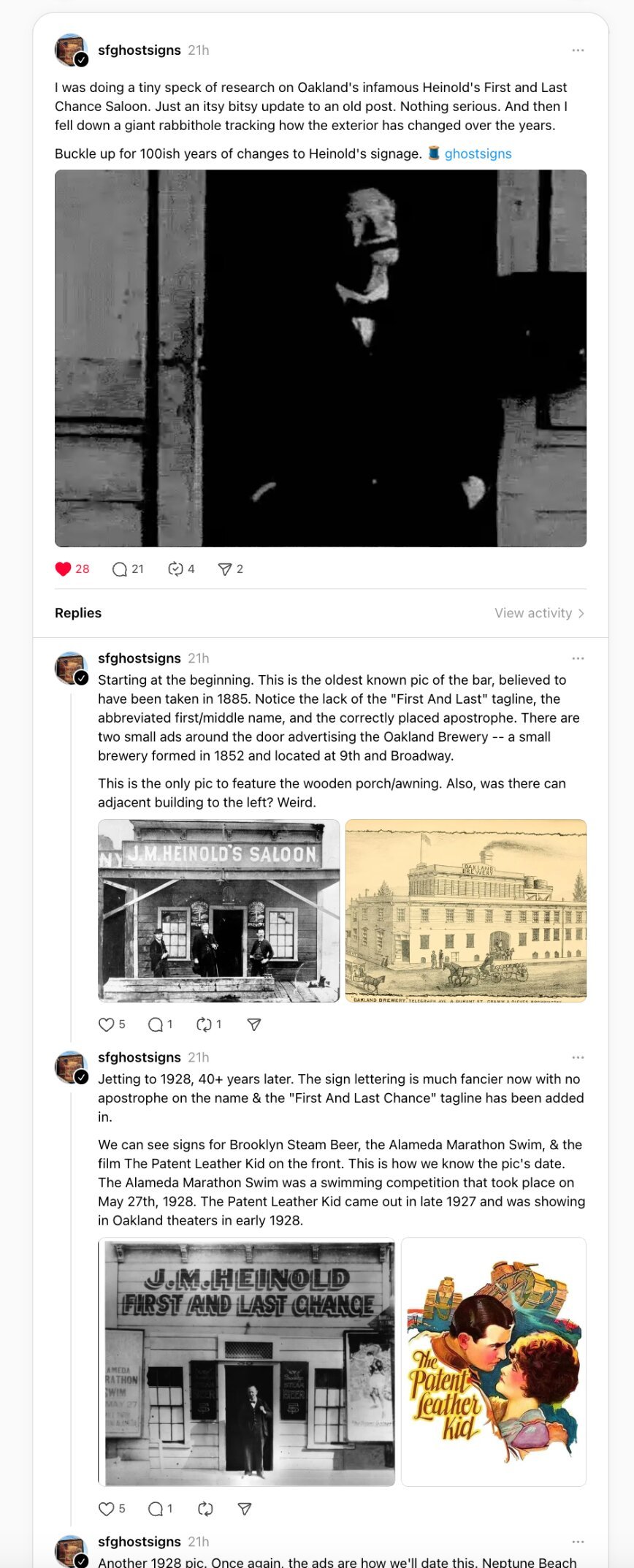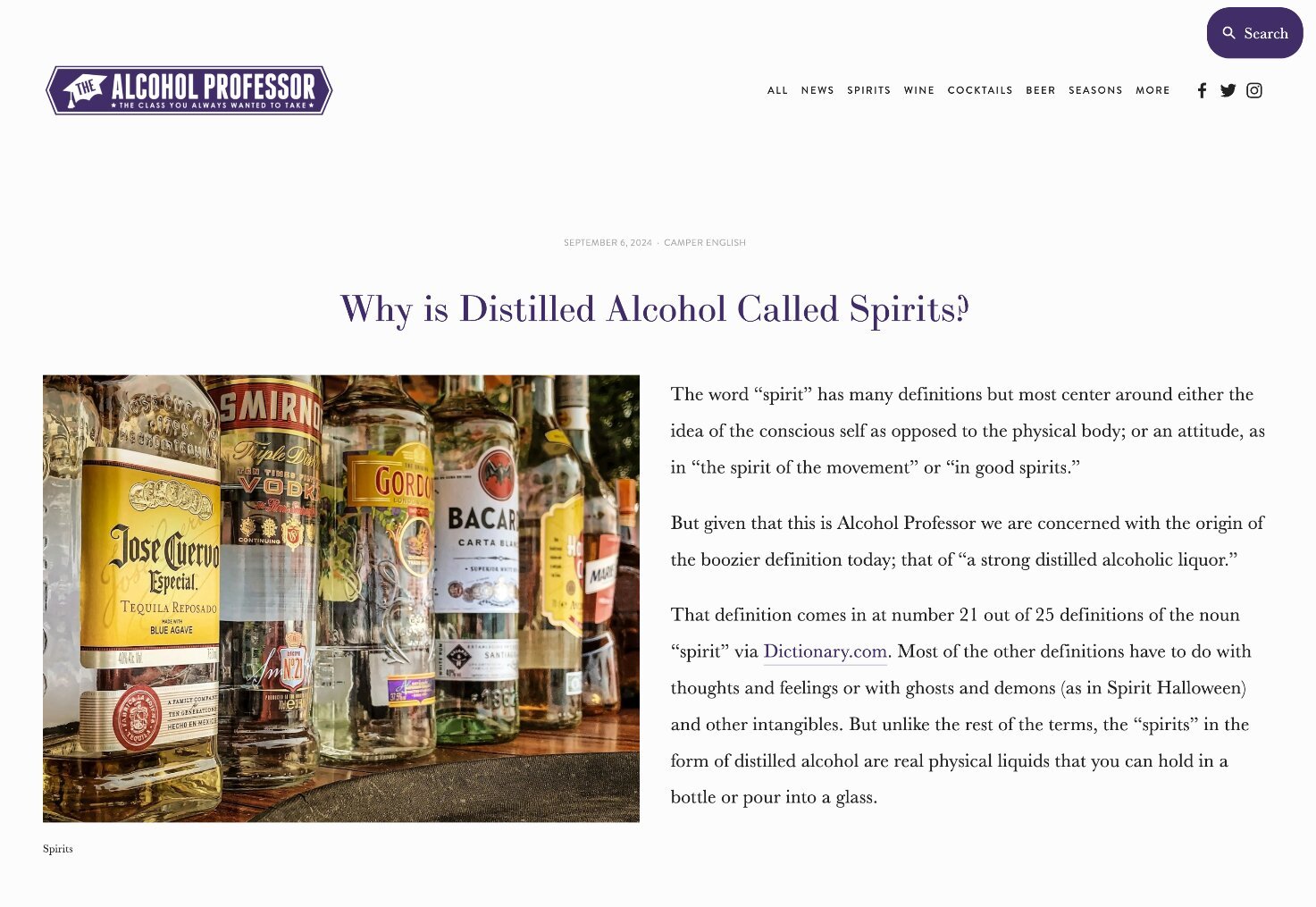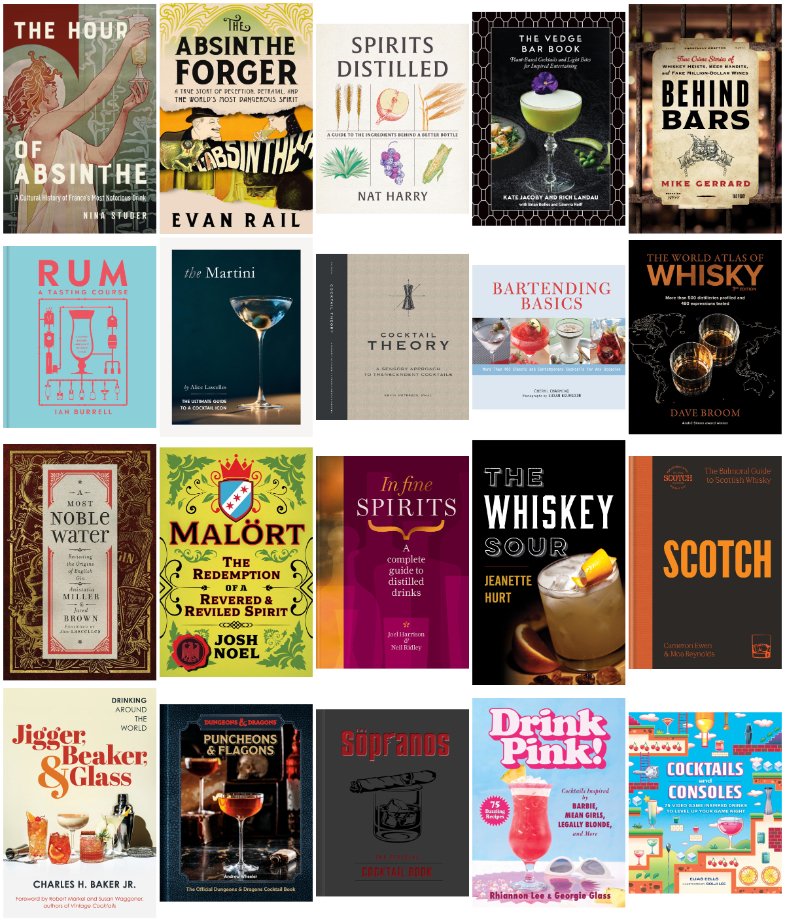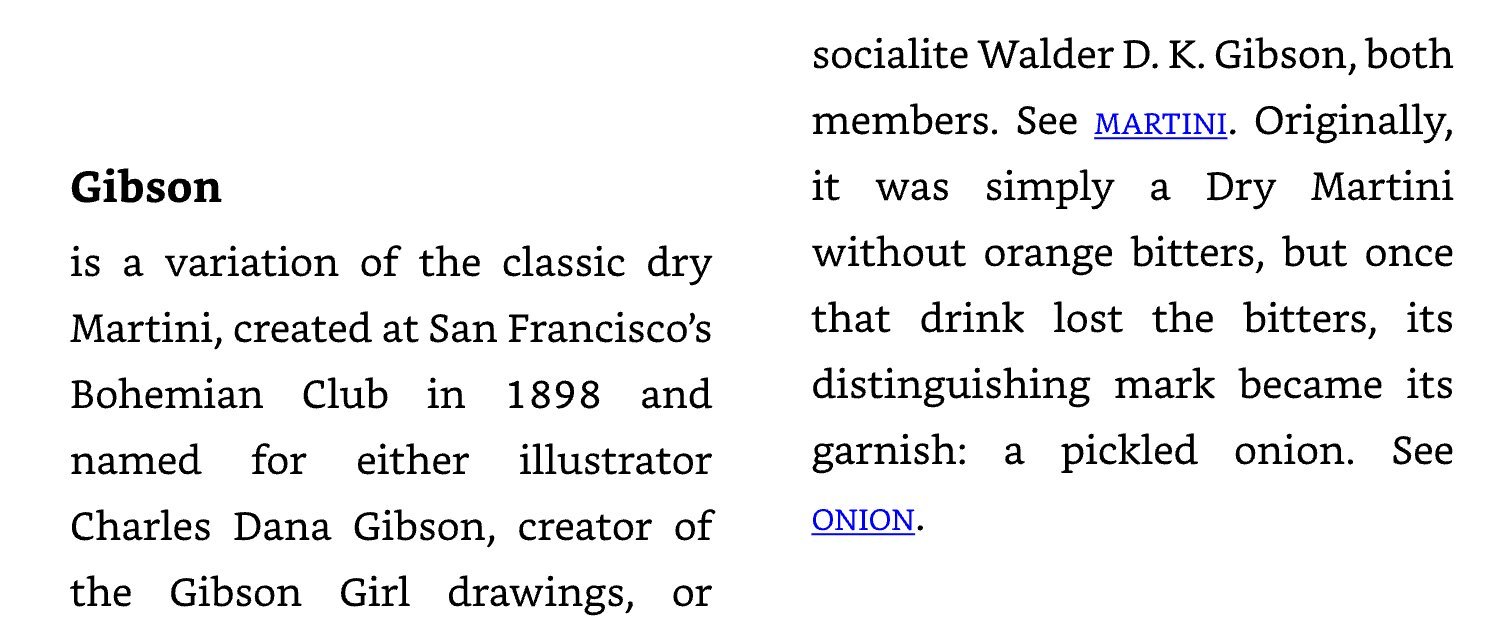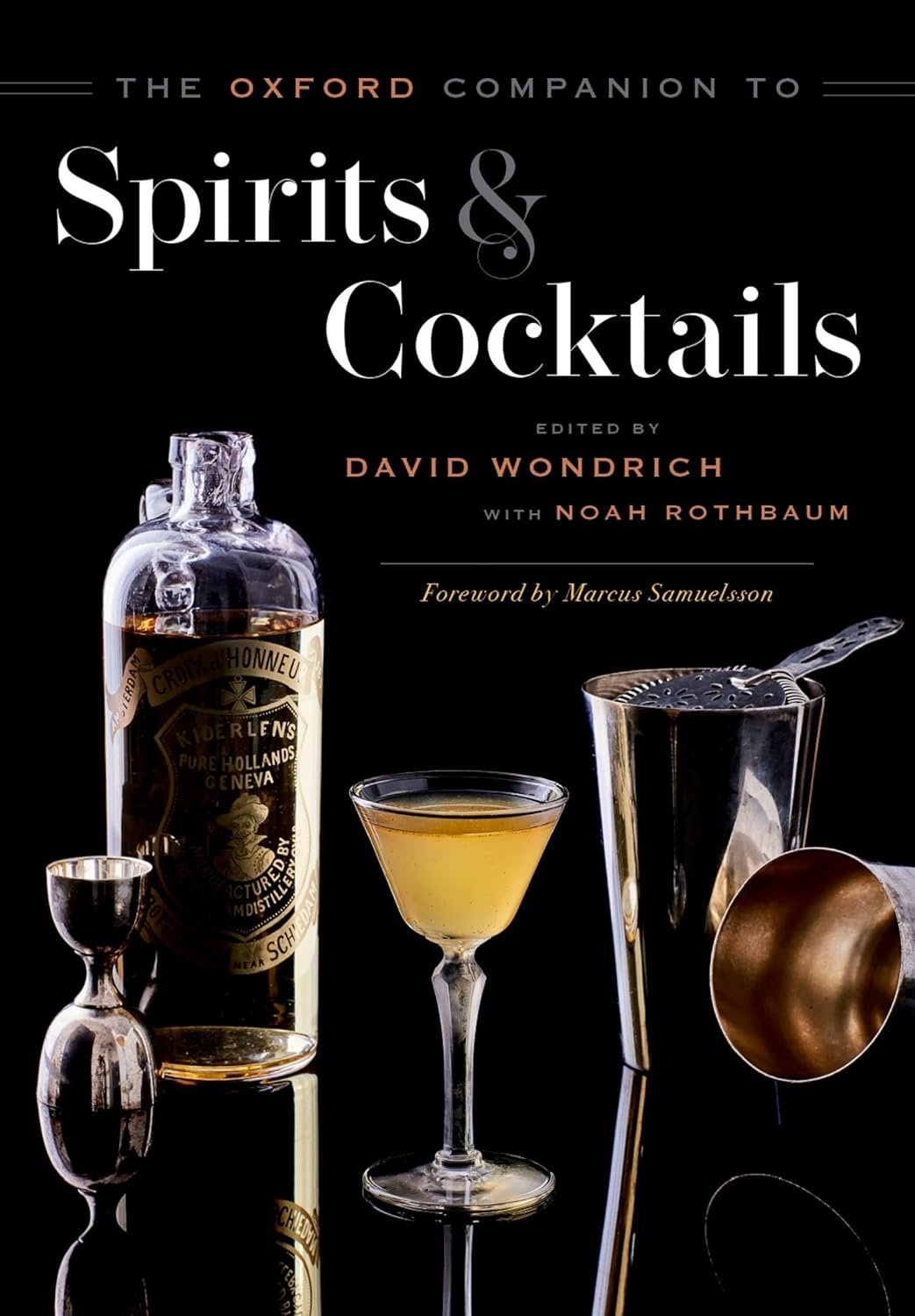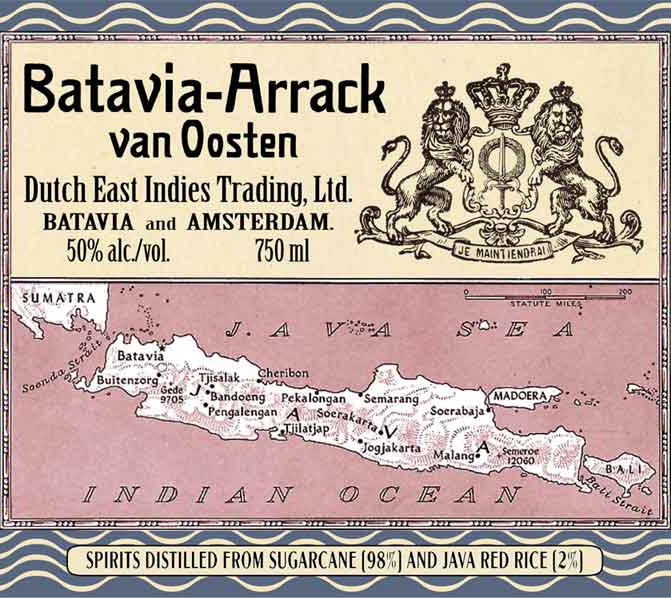These are some of my favorite cocktails and spirits books I read in 2024. Several of them I blurbed for their authors. There are few more books that were published this year that I haven't read yet, so maybe they'll get on next year's list.
My 2023 Best Of List is here, by the way. In no particular order:
Cocktail Theory – A Sensory Approach to Transcendent Drinks
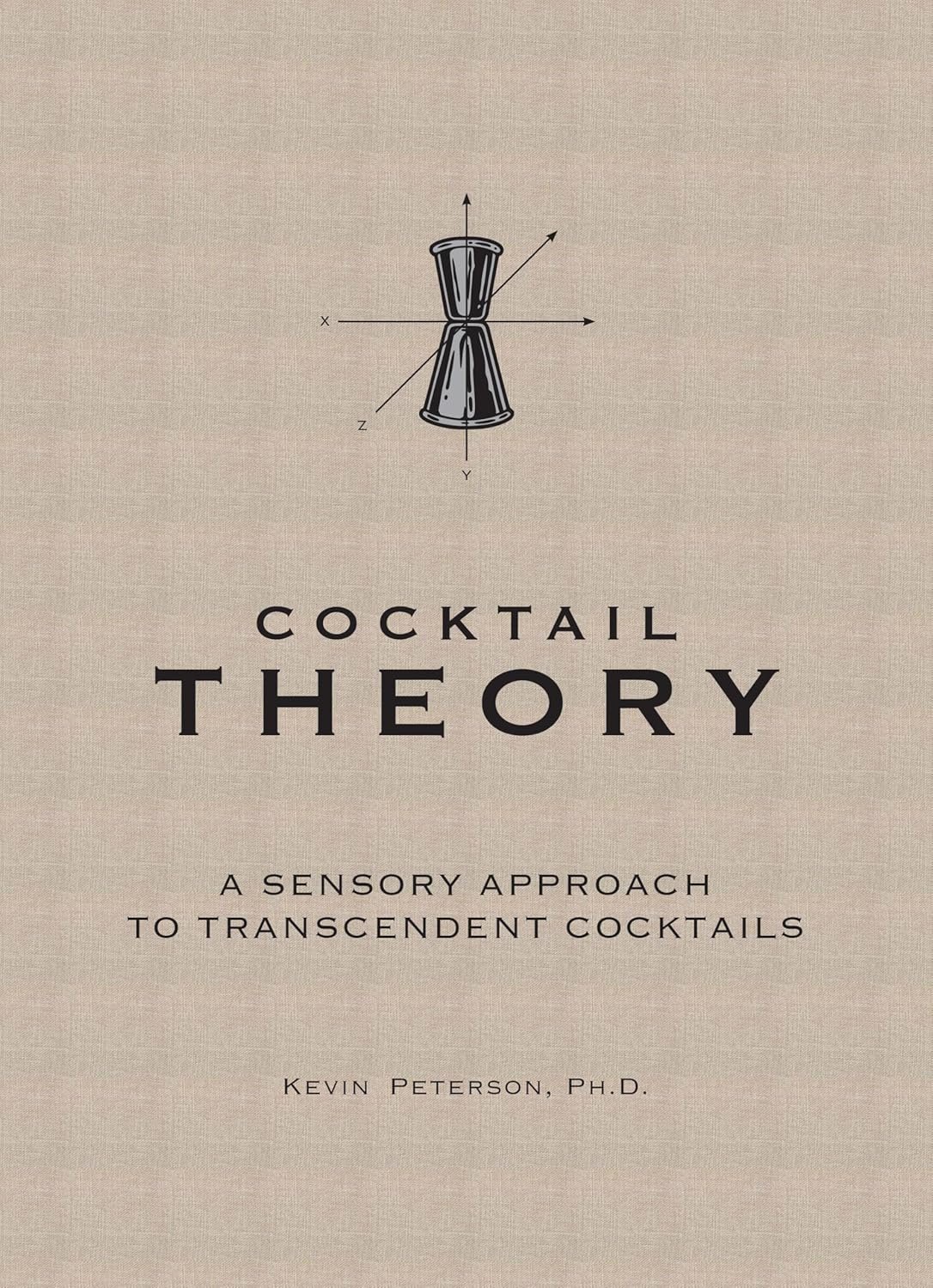
A sciency book that's half about the perfect conditions for cocktails, half about applying perfumer techniques to cocktail development.
My video review
Buy It: Amazon Sfumato
Dusty Booze: In Search of Vintage Spirits
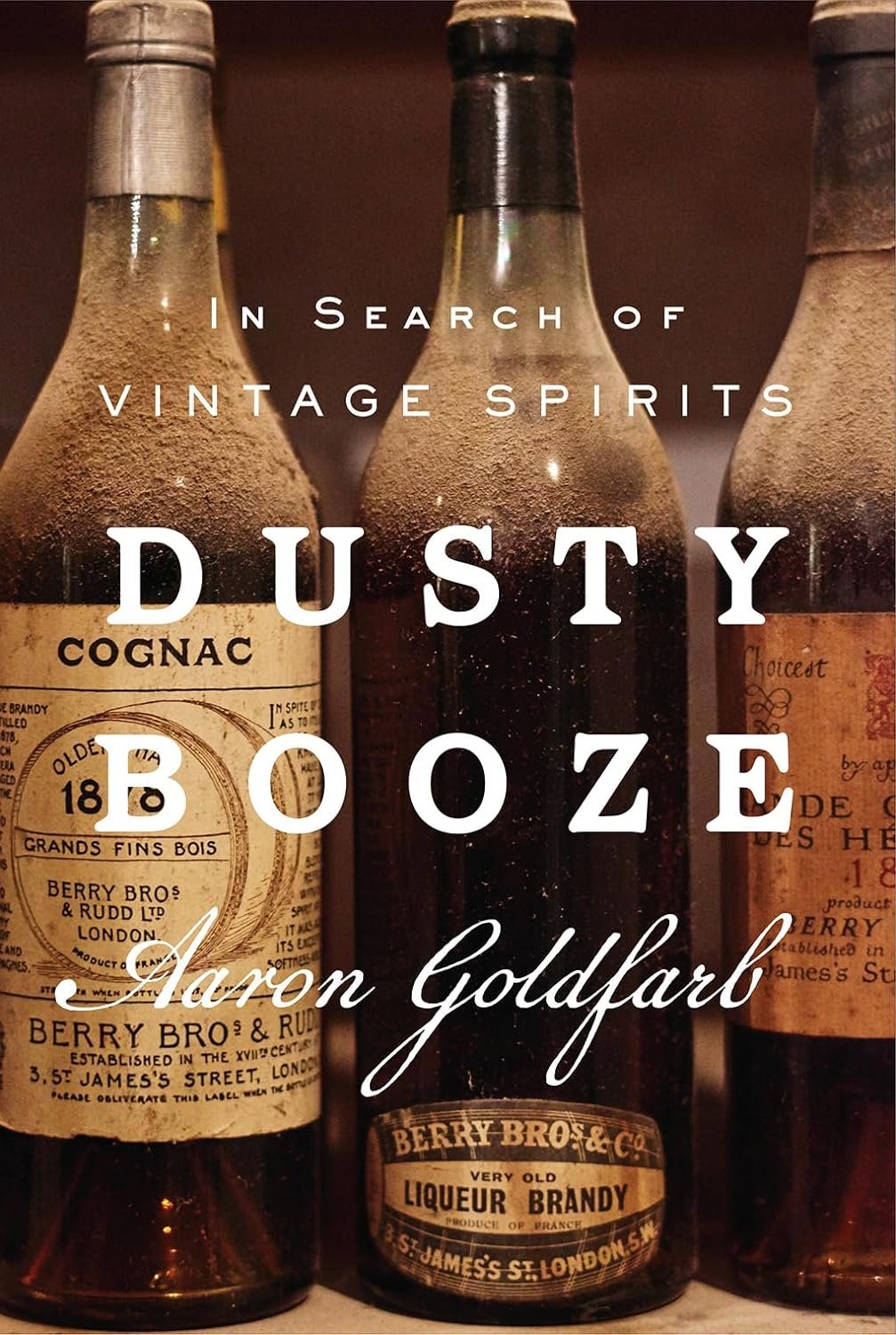
My blurb: An investigation into the secretive and competitive collectors and their methods, unsolved mysteries, and mythological caches. The once worthless dusties inspire Goldfarb to debate the monetary value of quality versus rarity and the proximity to fame. And unlike, say, stamp collectors, the author and every other dusty hunter must grapple with the decision whether to taste a moment in time or to keep time locked away in a bottle.
My review
Buy it: Amazon (note: super cheap right now) Bookshop
Cocktail Parlor: How Women Brought the Cocktail Home
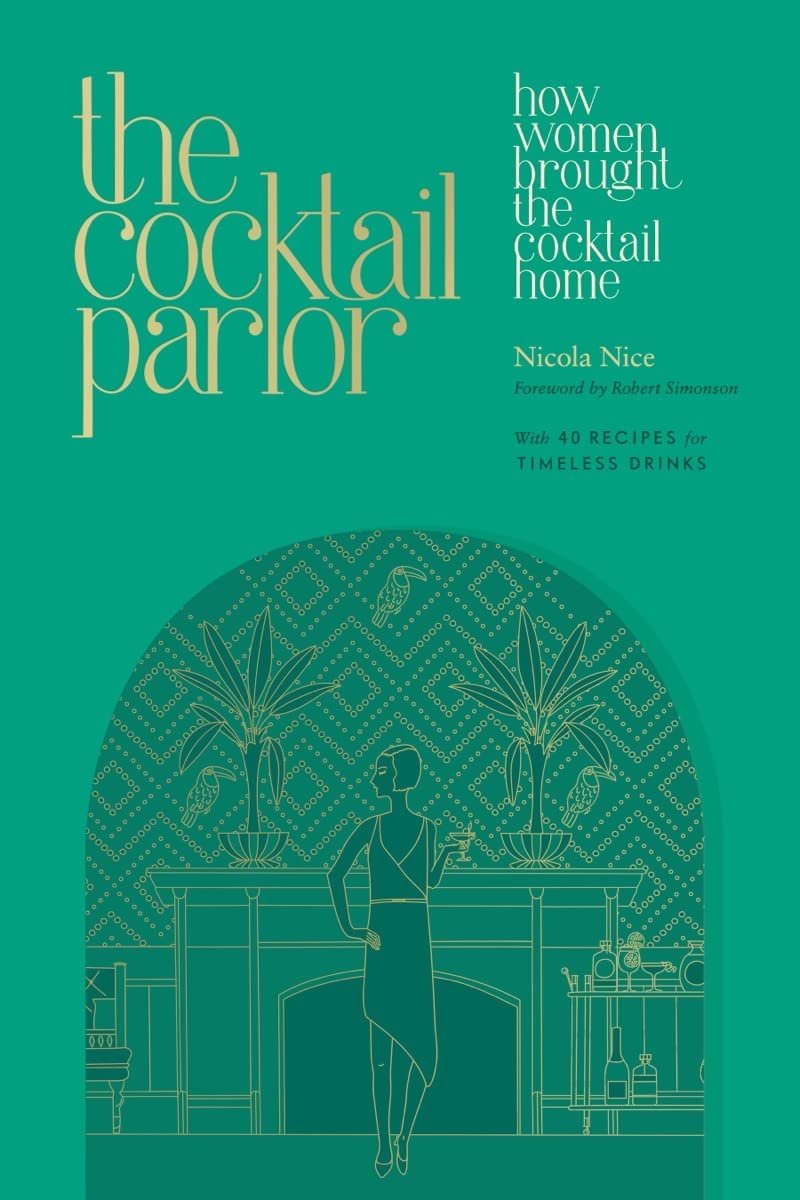
My blurb: The Cocktail Parlor is a literature review of women-authored books in which there are mixed drink recipes, and an analysis of what those drinks reveal about the changing role of women in society. [Along the way,] Dr. Nice cites so many fascinating authors that I kept one browser window open to search for more information about them and another to add their books to my reading list. Rarely has a drink book so enthralled me yet left me thirsty for more.
My review
Buy It: Amazon (currently on sale) Bookshop
The Absinthe Forger: A True Story of Deception, Betrayal, and the World’s Most Dangerous Spirit
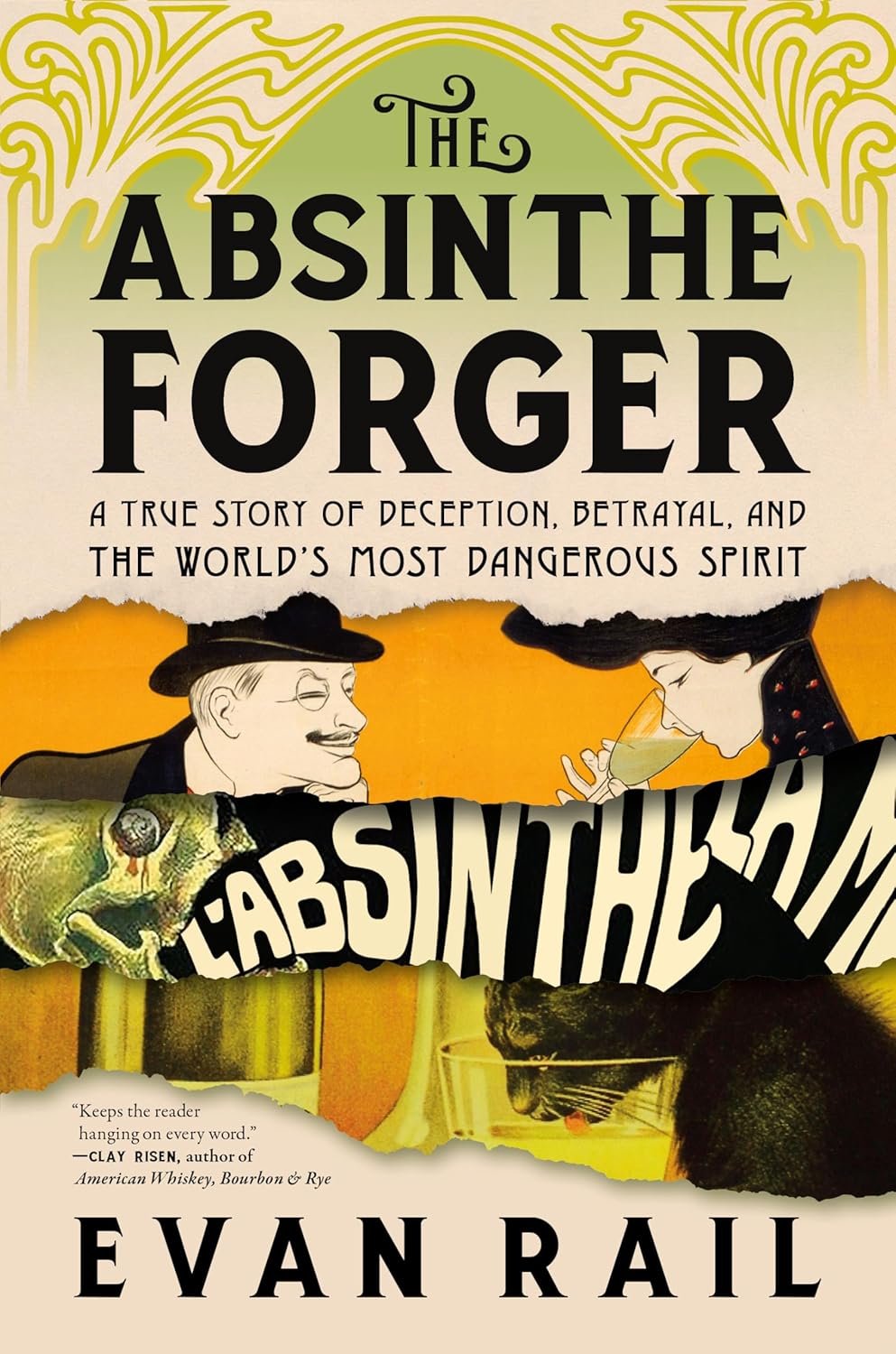
My blurb: Retracing the steps of a prolific modern-day forger of absinthe who tricked enthusiasts and experts, Evan Rail deciphers how the spirit was distilled, colored, blended, bottled, and sold a century ago, and takes us to meet members of the current absinthe collecting community spread throughout Europe who improbably cracked the case of the faker together. I finished this book in a couple sittings because of its plot and pacing, but also learned a ridiculous amount of new and unexpected information about absinthe along the way. If you’re interested in vintage spirits generally, absinthe specifically, the importance of online communities, or tasty true crime, this book is for you!
My review
Buy It: Amazon Bookshop
Malört: The Redemption of a Revered and Reviled Spirit
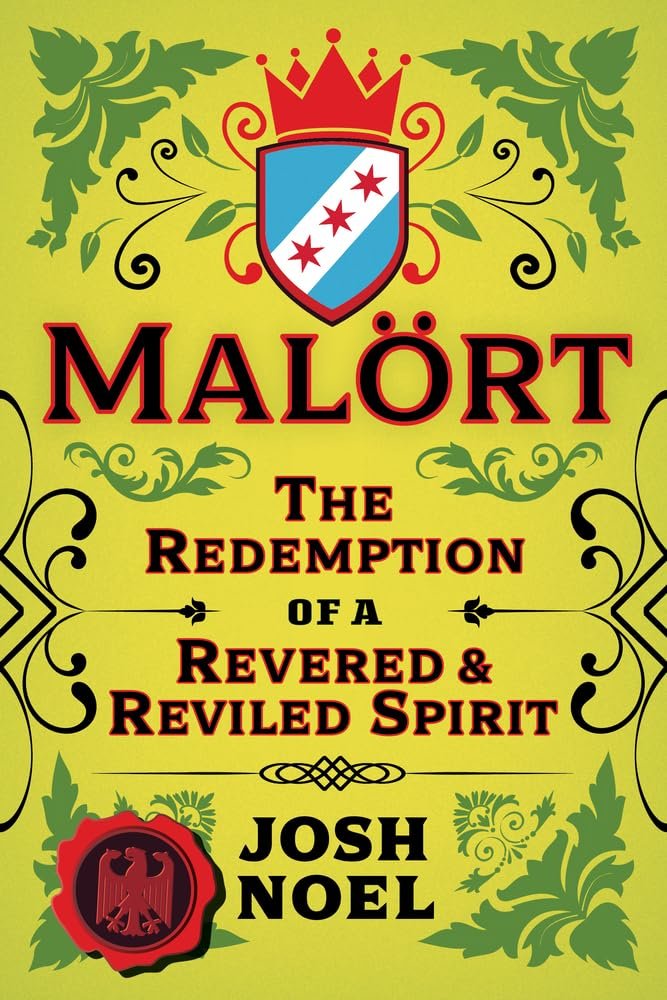
A wonderfully surprising and authentic telling of brand history that had me engaged and enraged!
My review
Buy It: Amazon Bookshop
The Bourbon Drinker's Companion: A Guide to American Distilleries, with Travel Advice, Folklore, and Tasting Notes
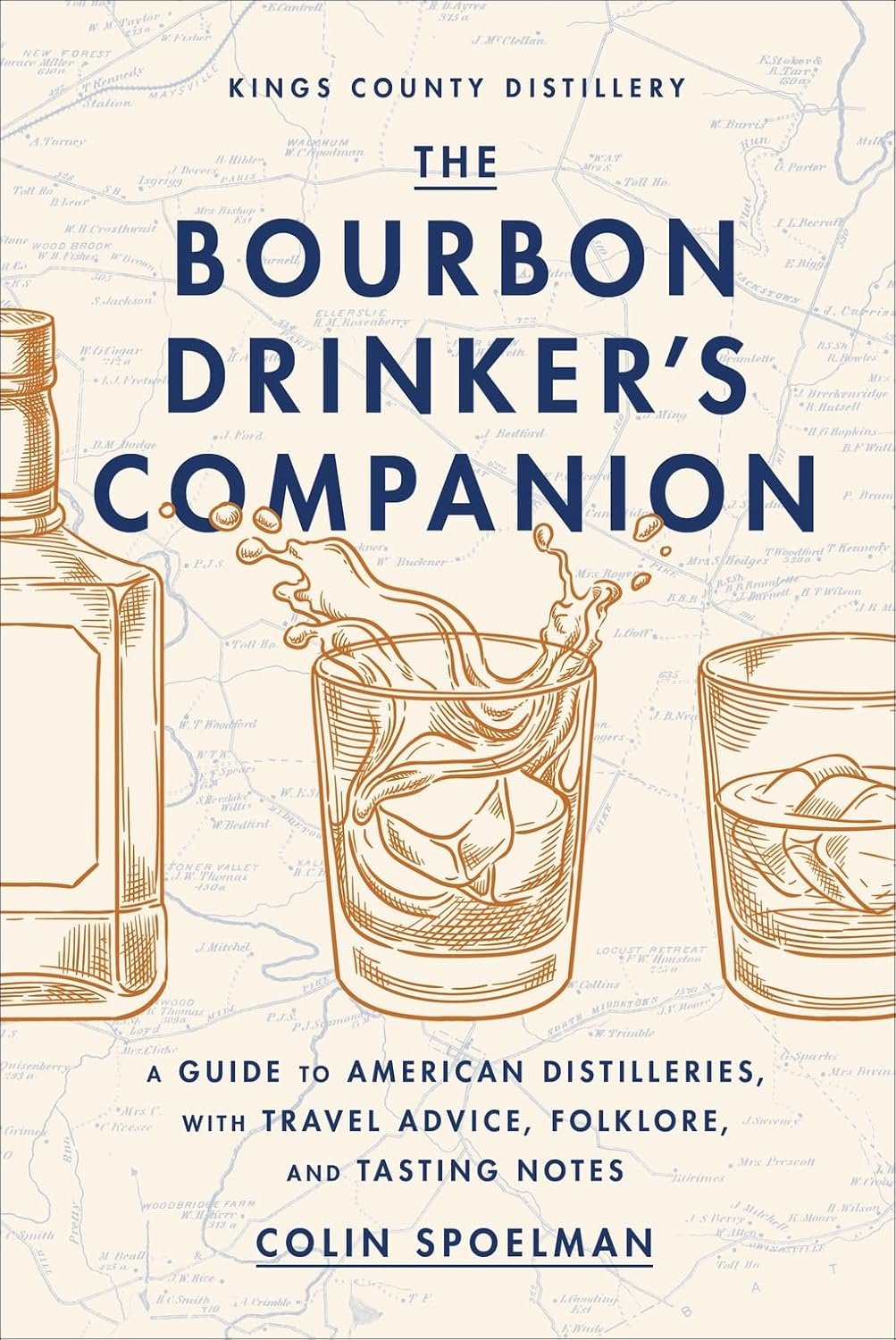
Tastings and a travelogue. Tons of great information from a distiller's point of view, and honest reviews not given in isolation.
My review
Buy It: Amazon Bookshop
Spirits Distilled : A Guide to the Ingredients Behind a Better Bottle
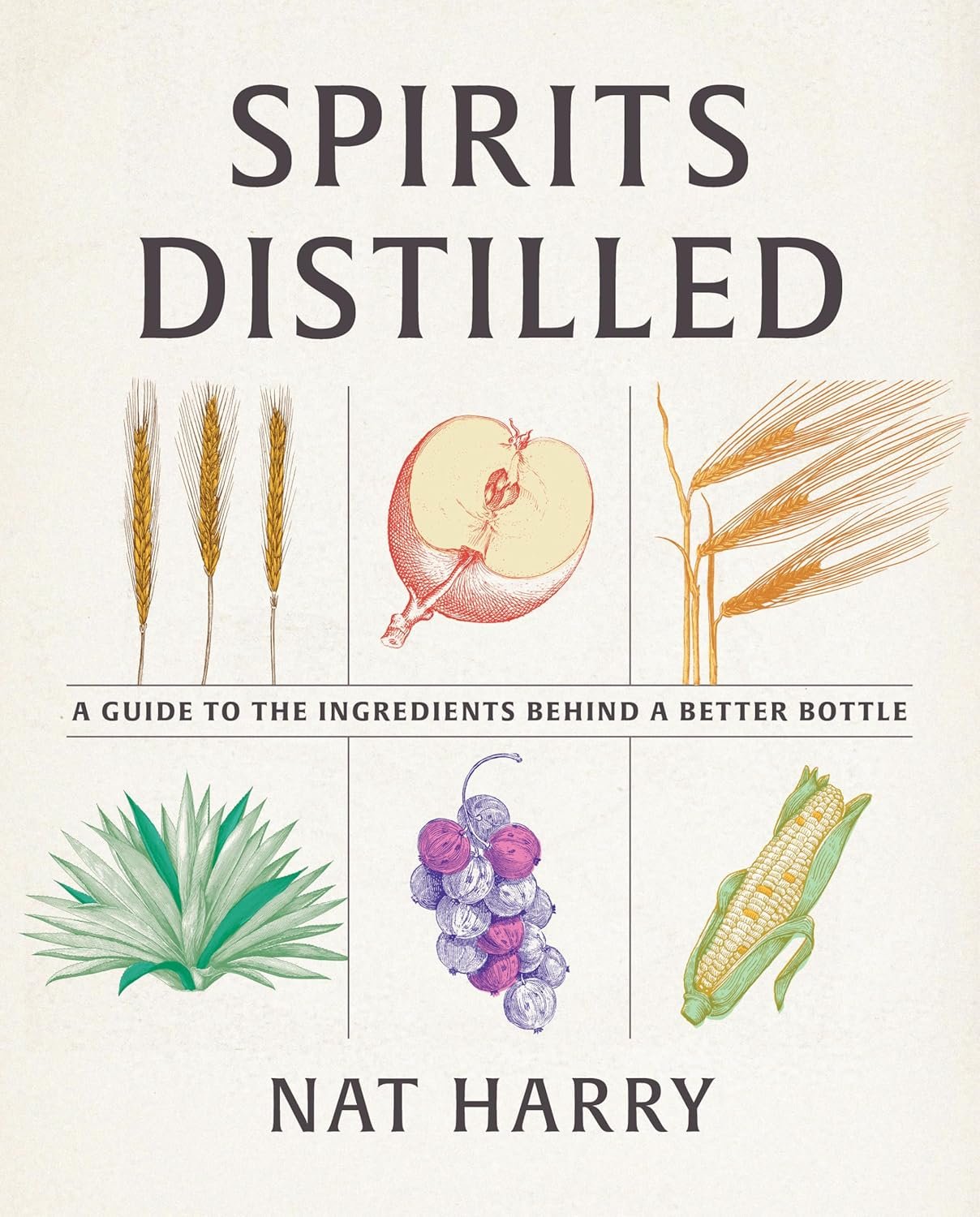
My blurb: Spirits Distilled is a new view of booze from the ground up. Beyond illuminating the plants, people, and production of all the major spirits categories, Nat Harry’s thoughtful recommendations should empower us to make better choices in the liquor aisle.
Buy It: Amazon Bookshop
